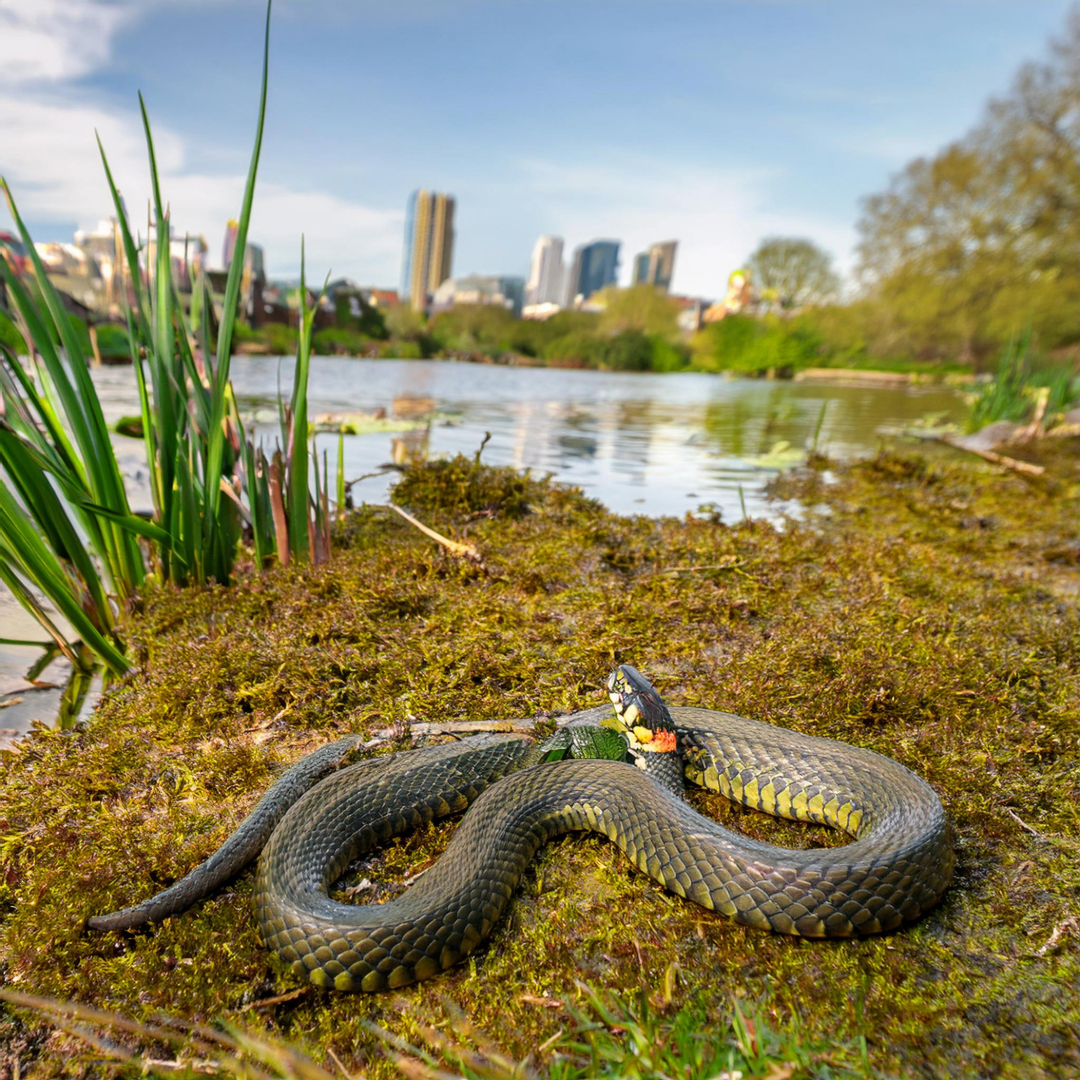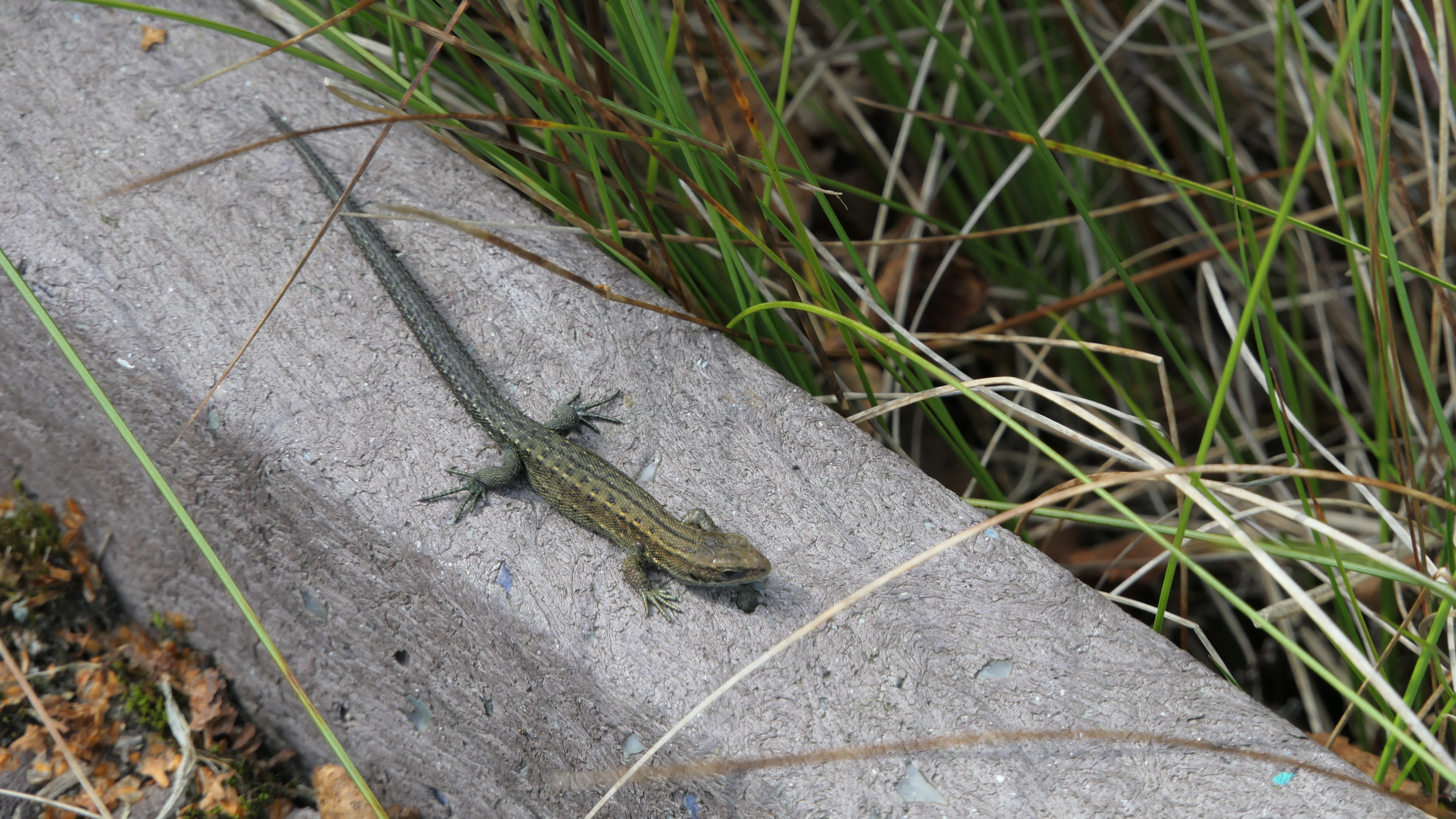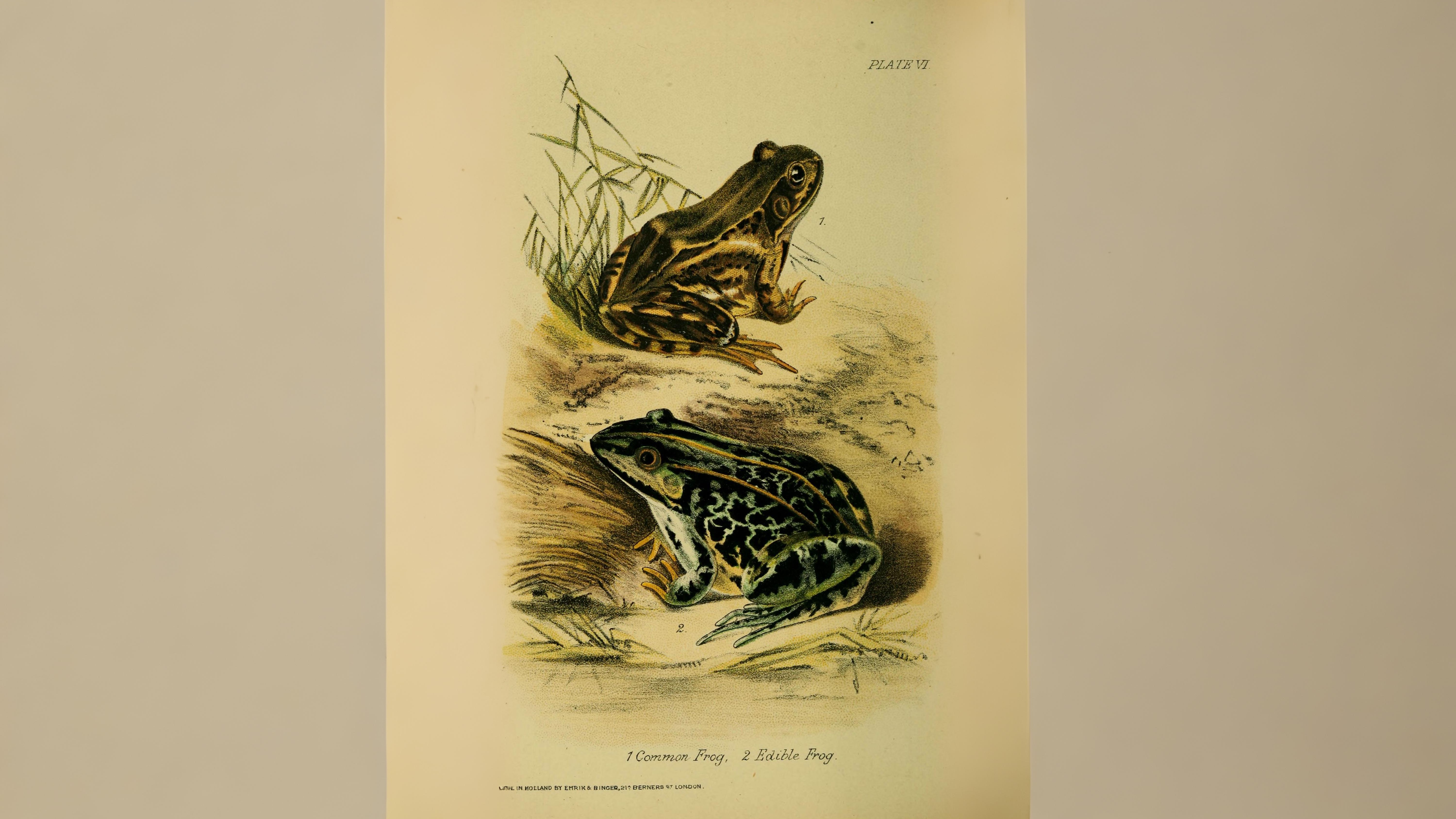This April, London’s hidden corners come alive with the slithering and croaking of reptiles and amphibians. From the mesmerizing courtship dances of adders to the secretive egg-laying of newts, the city’s cold-blooded residents are on full display. Witness the spectacle of toad migrations and the vibrant spawn of frogs in local ponds. Don’t miss the full story of April’s reptilian and amphibian activity on 09 April. Return to uncover the fascinating world of London’s lesser-seen wildlife!
Any warm days in will April see our reptiles active again, looking for mates, chasing them with a view to mating. In the case of venomous adders, this makes April a dangerous month and you may see notices to that effect where there are still significant populations. In Britain, on average one person per year is bitten by an adder, so some care is needed when observing them, although there are a mere handful of places in London where they could possibly be seen. The male seeks out the female, chases her and then ‘dances’ with her, swaying his head with hers in unison. He may tap her with his jaw and use his darting tongue to lick her prior to coiling around her and then copulating. This is an impressive and dangerous performance to watch in places such as Ockham Common as the snakes can move surprisingly quickly. In such situations the female is usually identified by being a little browner and slightly fatter than the male. In the past they were both eaten as a cure for ulcers.
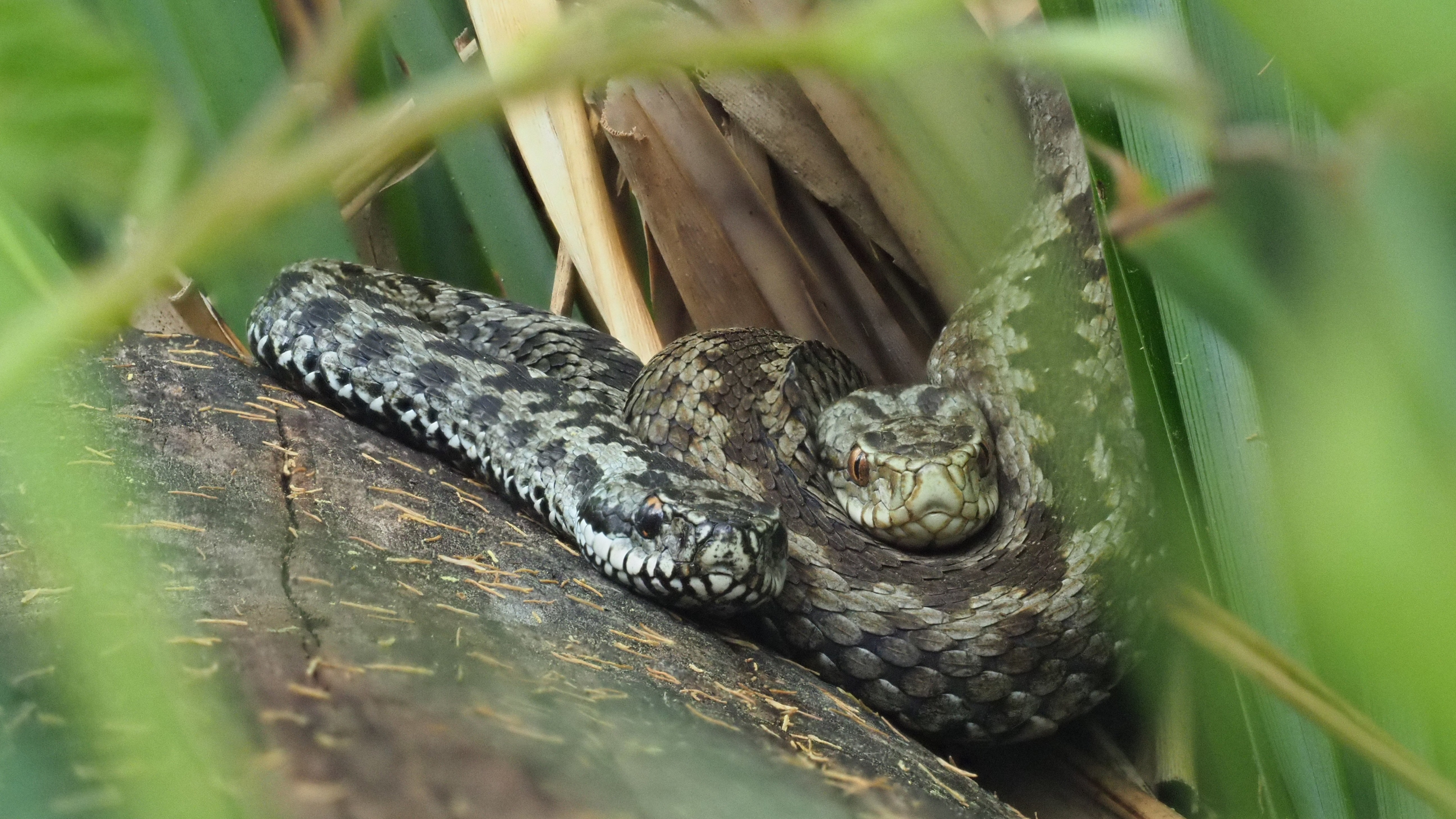
Grass snakes and slow-worms are doing much the same sort of thing. Sometimes tangles of several grass snakes are encountered in damp, grassy areas near water, where they may be seen later feeding upon tadpoles. Slow-worms, which can live up to thirty years in captivity, are still common enough on the outskirts of London. The males can be recognised by their blue spots, particularly on their heads. He chases off any rivals by biting them, before grabbing the female by her head or body. He then twines around her till her reproductive openings meet his. Once in this position, they can remain embraced together for several hours until his sperm has been transferred.
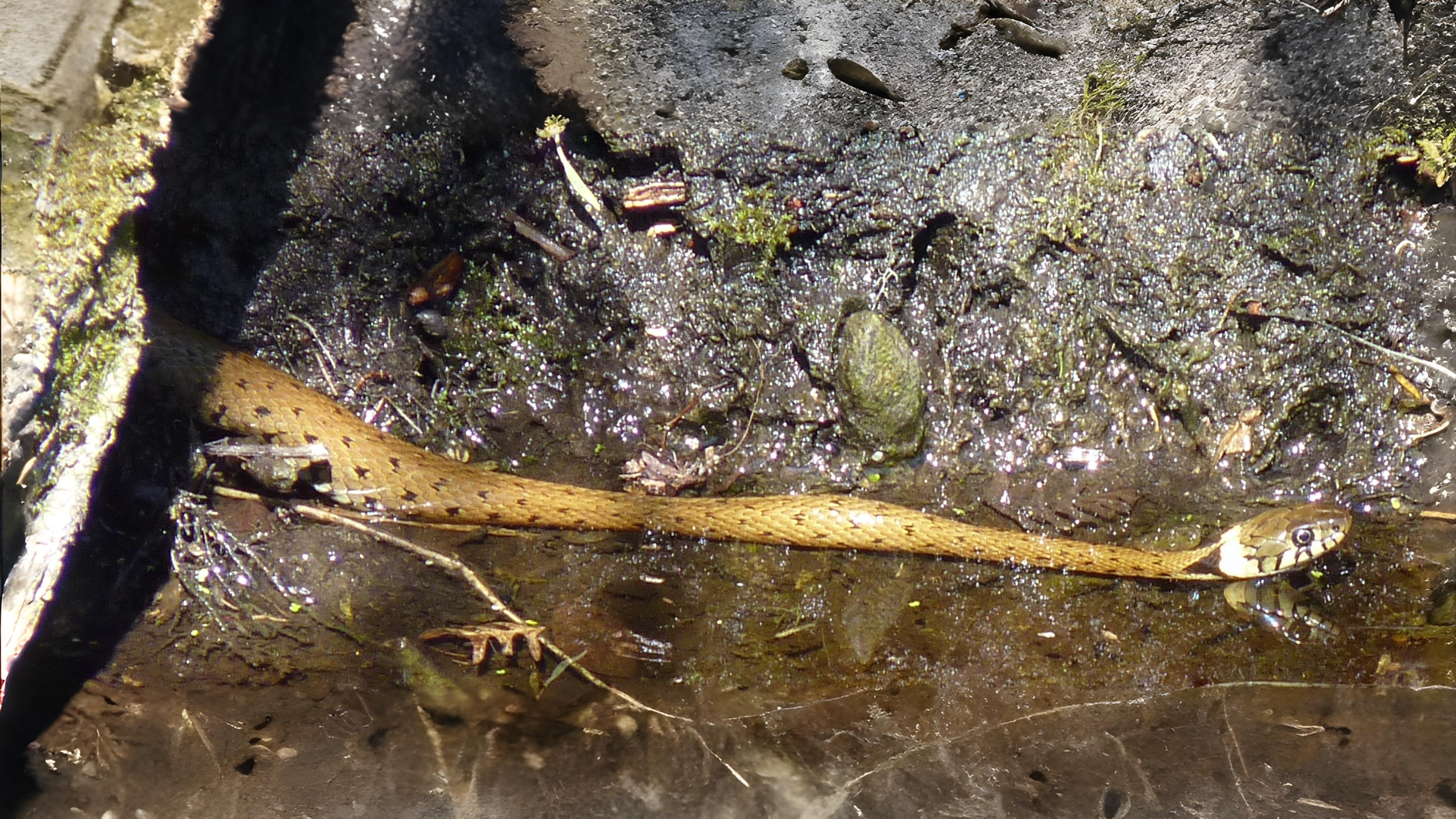
Common lizards are also fighting, although these reptiles are not commonly seen in London. They mate similarly to slow-worms, the male holding the female’s head in his jaws and taking in this case up to half an hour to copulate. The males tend to be smaller, slimmer, darker and have shorter bodies and tails that are slightly enlarged at their base.
Common frogs, toads and newts are all now courting or laying eggs. This process comes a little later for the rarer marsh and edible frogs. Their courtship involves clasping a female in a tight embrace, which may last for several days. Newts are quite different, standing in front of the female and waving their tails, often hitting her head. The common frog lays between one and three thousand eggs early in the month, or even late in March. The eggs then sink to the bottom, absorb water, become buoyant before floating back up to the surface. Toads lay the most striking of all eggs. They are ‘necklaces’ up to four metres in length, carelessly wound around water plants. They may lay up to seven thousand in this way, which are often near the surface and consequently rarely go unnoticed. Newts on the other hand lay their two to three hundred eggs far more secretly, placing them individually in the rolled leaves of water plants, to which they stick immediately.
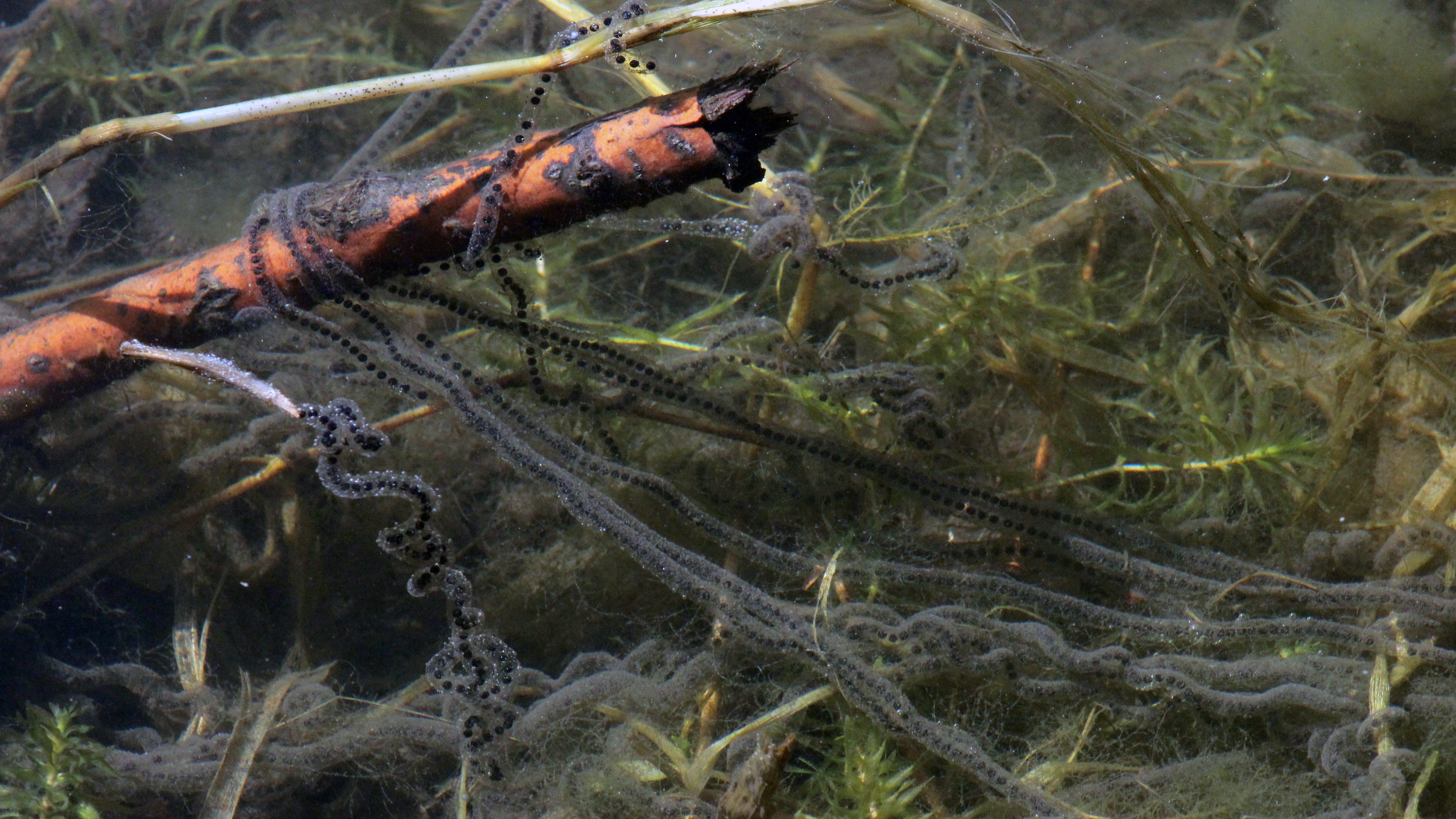
Besides the spectacles of toad spawn or several male frogs clinging to an unfortunate female, you can also witness more migrating toads this month. Toads are surprising migrants, considering they have short, stumpy legs, a cumbersome gait and a habit of constantly falling to one side. They can still manage to cover between one and one hundred and fifty metres per hour, possibly for as long as a week. They travel mainly at night, but not always. Males are usually in far greater numbers than females and seem to think little of crossing a busy road. Frogs and toads are also quite vocal this month, with much croaking, particularly at night. It is little wonder they were at one time called Dutch nightingales. When pairing, a male frog will often mount another male, but the timbre of its croak will result in him quickly dismounting. The much more penetrating voice of the marsh frog can be heard at Barnes Wetland Centre and Rainham marshes by the end of the month.
